4 Types of Vannamei Shrimp Farms You Have to Know
Most people think all vannamei shrimp farms are the same. However, this is not the case. There are several types of farms around us based on management techniques and density levels.

The types of farms include traditional, semi-intensive, intensive, and super-intensive farms.
So, what are the characteristics of these farms? Find the full answer in this article!
Types of Vannamei Shrimp Farms
1. Traditional Farm
The traditional vannamei shrimp farm is a type of farm that is made quite simply with a relatively low scale of shrimp seed stocking density. Usually, this type of farm does not require a pump and waterwheel. Meanwhile, the change of water depends on the tides.
The stocking density of traditional farm or extensive shrimp farming is <50 shrimp/m².
Due to its relatively low density, traditional shrimp farms have an easier level of maintenance when compared to other types of shrimp farms. Likewise, the risk of shrimp getting diseases is also smaller.
2. Semi-Intensive Farm
The second type of shrimp farm is the semi-intensive farm. This type of farm has a higher stocking density than traditional farms. Therefore, pumps and waterwheels are needed, which are adjusted to the size of the farm area to manage the water flow.
The stocking density of semi-intensive vannamei shrimp ponds is <100 shrimp/m².
As for the feed problem, since the seeds are sown, semi-intensive farms usually directly use artificial feed as the main source of nutrition for vaname shrimp. Along with water quality, this feed is the most important part that must be considered during cultivation.
3. Intensive Farm
An intensive farm is a shrimp farm with a fairly high stocking density of seeds. Usually, this type of farm requires complex design and layout calculations. Starting from the depth of the water, the need for a pump, and the need for a waterwheel, it must follow the needs.
The stocking density of intensive vannamei shrimp ponds is >100 shrimp/m².
When building an intensive farm, waste management also needs to be considered. The reason is that the higher the farms’ density level, the higher the waste generated during cultivation.
4. Super Intensive Farm
The last type of vannamei shrimp farm is the super intensive farm. As the name suggests, this type of farm requires more complex maintenance than other types of ponds. Many considerations must be prepared, ranging from supporting equipment to the impact of cultivation on the environment.
Super-intensive shrimp ponds are the same as intensive ponds, but the size and stocking density is more prominent. Usually, the stocking density of semi-intensive shrimp ponds is >200 shrimp/m².
Starting from the design, layout, need for pumps, number and type of waterwheels, as well as technology and management, must continue to be considered because the impact will be huge on the sustainability of cultivation and the environment where the farm is located.
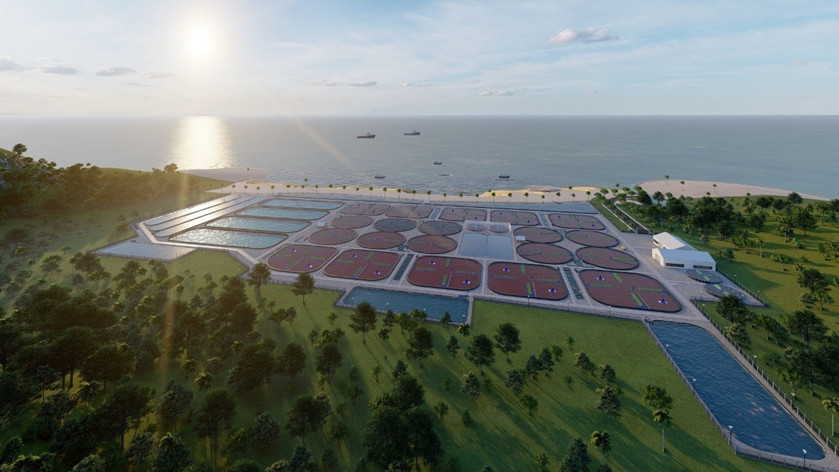
The Importance of Choosing a Farm Location
After knowing the types of farms above, you must already know that we must consider many things before building a shrimp farm. Moreover, for semi-intensive, intensive, and super-intensive farms. Therefore, choosing the right location is very important to do.
The selection of farm locations aims to get the right and appropriate location so that the vannamei shrimp cultivation process can take place properly and the resulting harvest can be optimal.
The ideal farm location must have a good topography level to facilitate farm construction, contain clay-containing soil to hold water and build dams, and have sufficient water supply farms.
Cre: delosaqua.com
Contact AQUA MINA for consultation and supply of aquaculture round tanks and aquaculture equipment for high-tech shrimp farming.
- Address: 685 National Highway 1A, Binh Hung Hoa Ward, Binh Tan District, Ho Chi Minh City
- Phone: 1800 6071 (Toll-free hotline)
- Email: sales@aquamina.com.vn or oversea@aquamina.com.vn
Aqua Mina's distributor in Japan:
REX INDUSTRIES CO., LTD
- Address: 1-9-3 Hishiya-Higashi, Higashi-Osaka 578-0948 JAPAN
- Email: kimakubo@rexind.co.jp
- Phone: +81-(0)72-961-9893
- Website: http://www.rexind.co.jp/e/

WE WORK FOR YOUR SUCCESS!
Ngày đăng : 06/01/2025
2798 View
Other Articles
Norway – Russia Reach Barents Sea Fisheries Agreement for 2026
Cà Mau strengthens traceability to enhance the competitiveness of the shrimp industry.
Cold stress: Effects on the plasma characteristics of whiteleg shrimp.
A new breakthrough in the prevention of diseases caused by the microsporidian parasite EHP in shrimp farming
Vietnam’s shrimp export outlook in the first quarter of 2026 continues to face heavy pressure from tariffs.
New England’s shrimp fishery to shut down for the long haul after years of decline
Crab exports to the United States account for more than 80%.
Thailand sets a target to increase shrimp production to 400,000 tons by 2026.
CTU-RAS: Recirculating Shrimp Farming for Sustainable Development
Vietnamese aquatic products reach new markets
Global Shrimp Forum: Global shrimp trade is reshaping
China’s Import Value Up 10%, Vietnamese Shrimp Remains Among Leading Suppliers










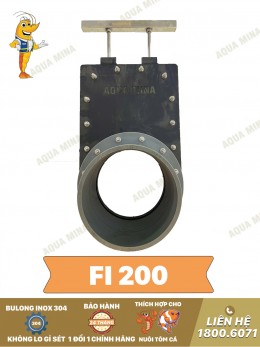



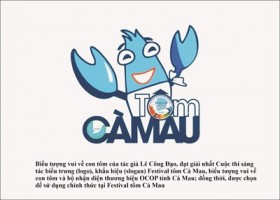
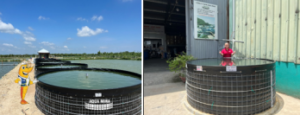


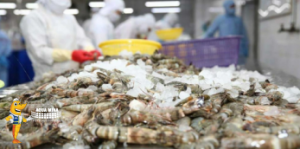
.jpg)